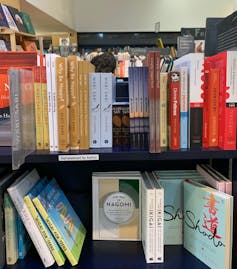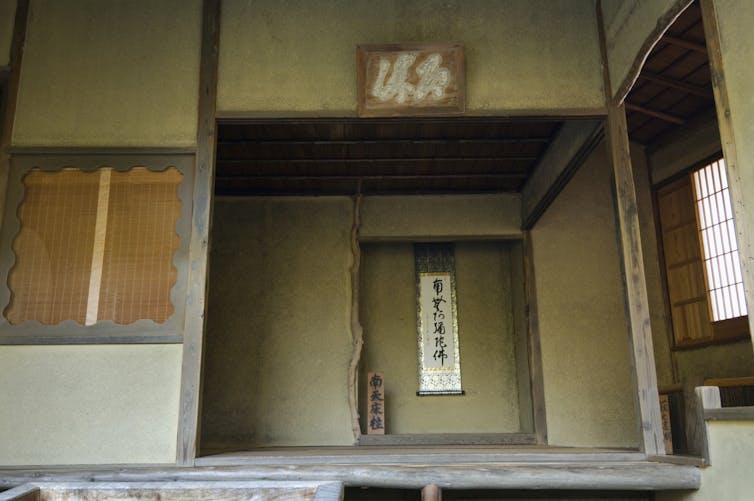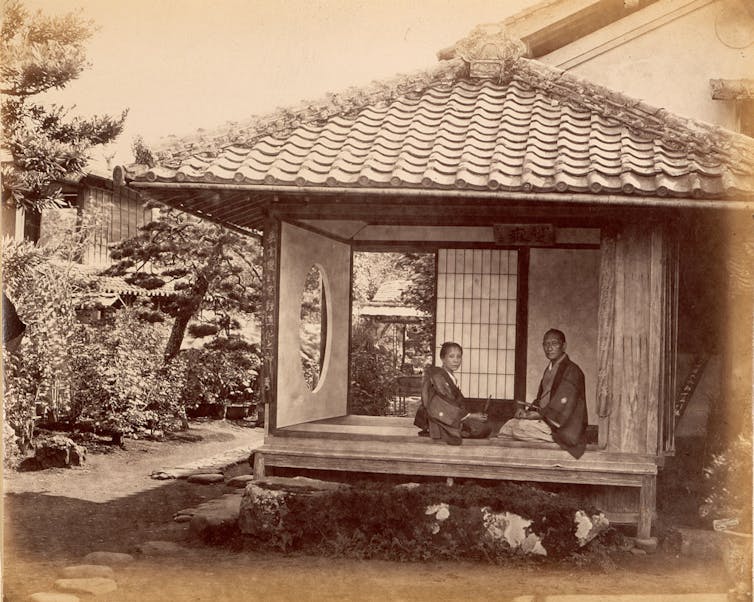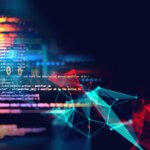Key Takeaway:
Wabi-sabi is a traditional Japanese aesthetic that emphasizes the beauty of something imperfect or unfinished. It is derived from the classical Japanese verb “wabu,” which means to languish or be miserable. Wabi-cha, which literally means miserable tea, is a more severe and austere style of presentation. Wabi-style tea may reach its pinnacle in the 16th century when the celebrated tea master, Sen no Rikyū, introduced innovations still used today. Sabi, a noun derived from the classical verb “sabu,” means to rust and is associated with loneliness. It took off as an aesthetic ideal in the 17th century, with poets often trying to capture its particular kind of loneliness in the 17-syllable poetic form of haiku. Wabi-sabi and sabi are similar but distinct concepts, often yoked together more often outside Japan than in it. They fill a gap in the Western vocabulary for talking about art and life, a leaning away from perfection, completion, and excess, and a yearning toward leaving something undone, broken, or unsaid.
On a recent visit to New York I stopped at a Japanese bookstore in Manhattan. Among the English-language books about Japan, I encountered a section of a shelf marked “WABI-SABI” and stocked with titles such as “Wabi Sabi Love,” “The Wabi-Sabi Way,” “Wabi-Sabi for Artists, Designers, Poets & Philosophers,” and, in all lowercase, “simply imperfect: revisiting the wabi-sabi house.”
What is wabi-sabi, and why does it rate its own section alongside such topics as sushi and karate?
Wabi-sabi is typically described as a traditional Japanese aesthetic: the beauty of something perfectly imperfect, in the sense of “flawed” or “unfinished.” Actually, however, wabi and sabi are similar but distinct concepts, yoked together far more often outside Japan than in it. Even people who have been brought up in Japan may struggle to define wabi and sabi precisely, though each is certainly authentically Japanese and neither is especially obscure.

As a scholar of classical Japanese language, literature and culture, I too have a professional interest in wabi and sabi and how they have come to be understood outside Japan. A cursory search of Google Books shows that the term began to appear in print in English around 1980. Perhaps this was a delayed reaction to a book by Japanese art critic Yanagi Soetsu, “The Unknown Craftsman,” which was translated into English and published in 1972.
In it, in an essay titled, “The Beauty of Irregularity,” Yanagi wrote about the art of the tea ceremony and its simple grace. More broadly, as the title suggests, he was captivated by a sense of beauty apart from traditional ideals of perfection, refinement and symmetry.
Behind “roughness,” Yanagi wrote, “lurks a hidden beauty, to which we refer in our peculiar adjectives ‘shibui,’ ‘wabi,’ and ‘sabi.’”
Shibui means austere or restrained, yet it was wabi and sabi that caught on abroad – perhaps because they rhyme.
After taking off in America and other countries, the phrase wabi-sabi was imported back to Japan as a compound term; the mentions I found in online Japanese sources typically addressed such topics as how to explain wabi-sabi to foreigners. Wabi-sabi does not appear in standard dictionaries of the Japanese language.

Miserable poetry
Wabi is a noun derived from the classical Japanese verb “wabu,” related to the modern verb “wabiru” and adjective “wabishii.” Wabu means to languish or be miserable.
Here is a celebrated example from a ninth-century waka poem, the brief verse of 31 syllables that forms the backbone of classical Japanese poetry. The poet, a courtier named Yukihira, was a provincial governor who, by some accounts, was exiled to Suma Bay, a famous stretch of coastline in western Japan.
Should by chance
Someone ask for me,
Answer that I languish
At Suma Bay, shedding
brine upon the seaweed.
Suma Bay wasn’t all misery for Yukihira; according to legend, he loved and was loved by two sisters there. But his poem well captures the pain of wabi – the misery of having been exiled from the courtly world he knew.
Miserable tea
Eventually, the misery of wabi made its way into one of Japan’s most iconic traditions: tea.
The custom of drinking powdered green tea, called matcha, entered Japan around 1200. Zen monks returning from China brought the powder home, using it as a medicine and a stimulant. Over time, tea spread to the rest of the population; by the middle of the 16th century, it was a mundane part of everyday life.
It was precisely then that the preparation and serving of tea was sublimated to high art, now known as “chadō” or “sadō,” the so-called Way of Tea.

As the tea ceremony gained in popularity, powerful warlords competed in acquiring the most coveted utensils, including braziers, kettles, scoops, whisks and the bowllike cups in which the tea was whipped and sipped. The tearoom itself might be decorated with rare works of art, such as paintings or calligraphy mounted on hanging scrolls, elaborate flower vases and incense burners.
Then there emerged a group of connoisseurs and teachers of tea who championed a more severe and austere style of presentation: “wabi-cha,” which literally means miserable tea. Whereas newly ascendant warriors and merchants used the tea gathering to flaunt their wealth, wabi-style tea emphasized subtlety, frugality and restraint.
It is not hard to see traces of wabi in old tearooms, with their patina of age and elegant but unobtrusive furnishings, and in the utensils themselves – in particular, the misshapen, cracked or somber-hued teabowls.
Wabi-style tea perhaps reached its pinnacle in the 16th century, when the celebrated tea master Sen no Rikyū introduced innovations still used today. These include bamboo tea scoops, black raku-style ceramic teabowls and the “crawling entrance”: the 2-by-2-foot door through which attendees wriggle in order to enter the cozy, womblike tearoom.

A lovely loneliness
Like wabi, sabi is a noun: in this case, derived from the classical verb “sabu.” Today, the verb “sabiru” means to rust, with its connotations of age and decay. The modern adjective “sabishii” means lonely.
Classical poems yield many examples of sabi but it really took off as an aesthetic ideal in the 17th century. Poets often tried to capture its particular kind of loneliness in the 17-syllable poetic form of haiku.
As the scholar Makoto Ueda remarked, sabi is “not the loneliness of a man who has lost his dear one, but the loneliness of the rainfalling on large taro leaves at night, or the loneliness emerging out of a cicada’s cry amid the white, dry rocks, or the Milky Way extending over the rough sea, or a huge river torrentially rushing in the rainy season.”
Matsuo Bashō, a 17th-century master of haiku, saw sabi in this verse by his disciple Mukai Kyorai, translated by Ueda:
Under the blossoms
Two aged watchmen,
With their white heads together—.
The juxtaposition of wabi-sabi as a single term is of recent, not ancient, vintage, and it does not seem to have occurred in Japan. Nonetheless, the terms originated in Japanese aesthetics: sabi out of poetry and wabi out of tea.
Combined, they appear to fill a gap in the Western vocabulary for talking about art and life – a leaning away from perfection, completion and excess, and a yearning toward leaving something undone, broken or unsaid.





























